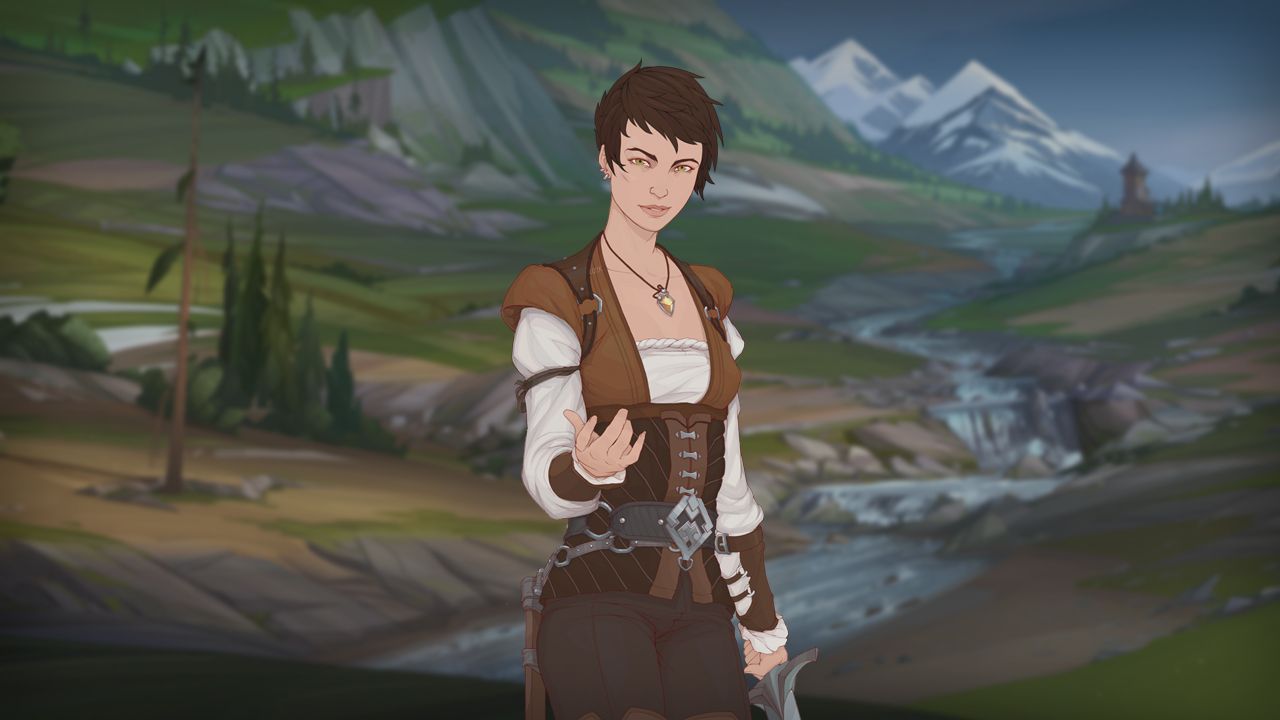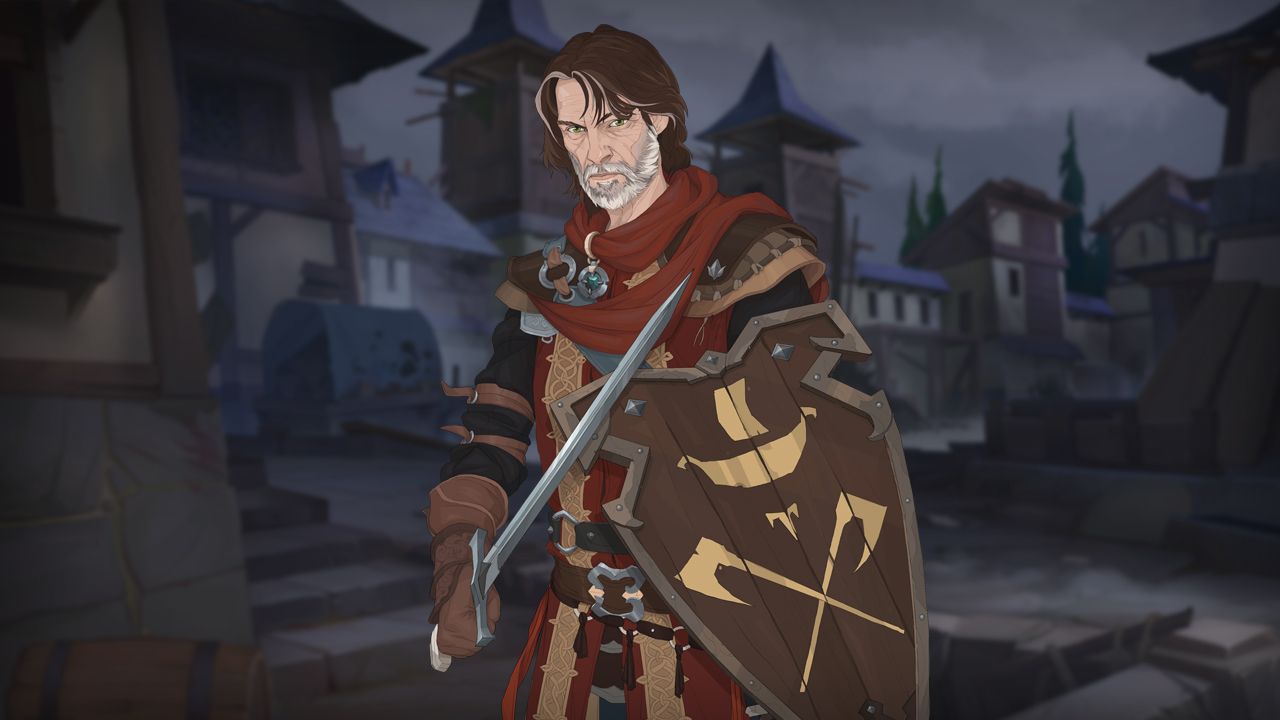
Ash of Gods is an upcoming tactical RPG featuring a mix of beautiful hand-drawn art and deep story telling. The game is scheduled to launch in March 2018 for PC. We had a chance to talk about Ash of Gods, animation, and video game development with Aurum Dust founder Nikolay Bondarenko.
—
One of Ash of Gods defining features is its hand drawn art style inspired by Ralph Bakshi, Disney and Soyuzmultfilm. North American and European audiences are very familiar with Disney and, to a lesser extent, Ralph Bakshi; however, this may be the first time they are hearing about Soyuzmultfilm. Can you tell us a little about the style and where you can see its influences in Ash of Gods?
Yes, towards the end of the 1950s – and in the early 60s it was a golden era not only for Disney but for a new Soviet-era animation studio – Soyuzmultfilm. Animated features such as “The Scarlet Flower” from 1952 and “The Snow Queen” from 1957 were key creations of Soyuzmultfilm, and have become our main artistic reference points: we use a similar palette, as was used in the works of the Disney studio and Bakshi’s, the use of fillings (a different technique for working on characters and scenes) and lastly, the use of rotoscoping and animation at 16+ frames per second. Most of our team is older, and grew up on the cartoons of Soyuzmultfilm studio, and we really love “The Island of Mistakes” and “The Fire is Burning in the Yaranga.” For me, the period from 1947 to 1960 encompasses the golden years of Soyuzmultfilm, when each of their works was a real film.
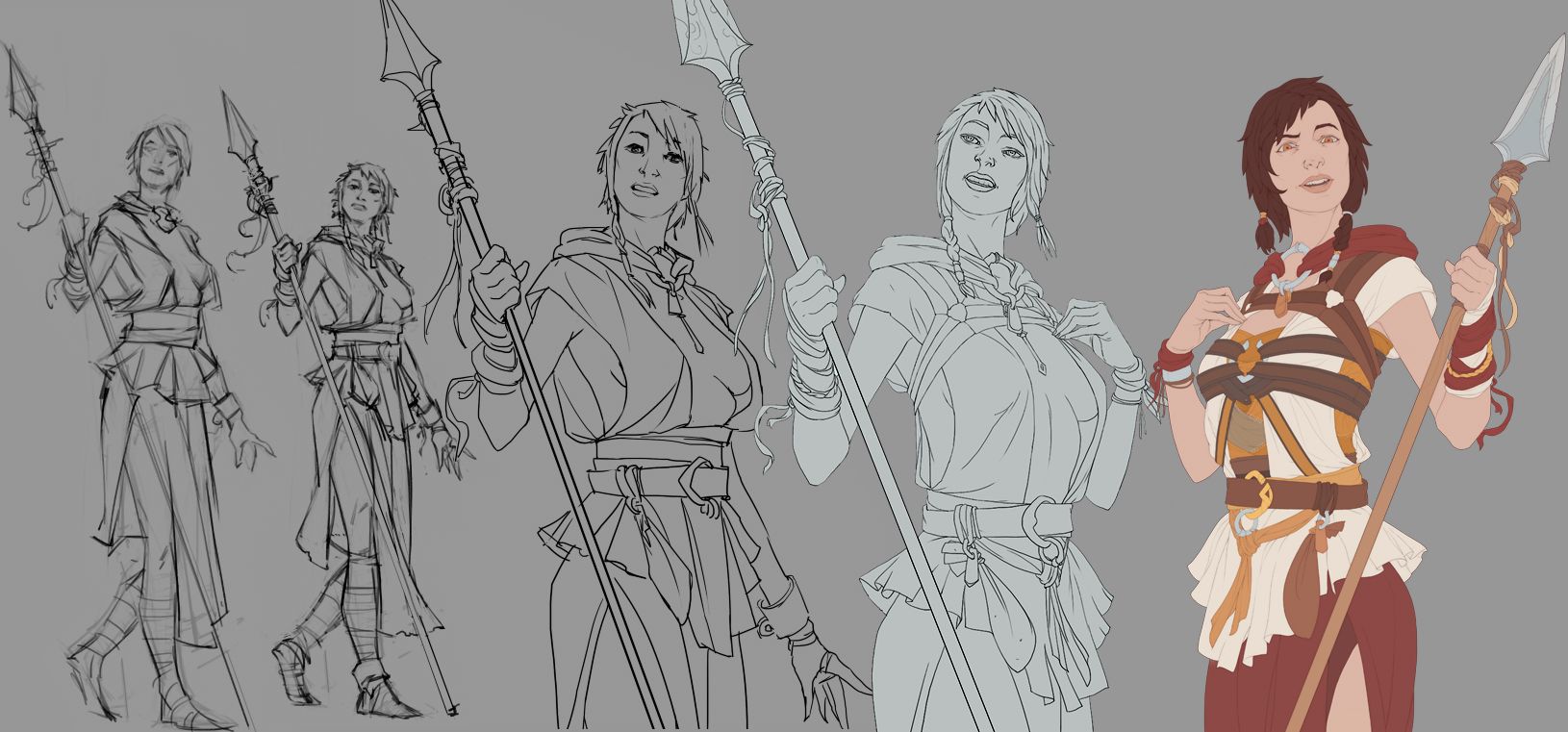
A lot of the art in Ash of Gods is hand drawn. Can you describe the process of how an image is drawn by hand and then turned into a usable art asset in a game?
We have a great playlist of videos where you we show how we’ve created the game’s art- scenes, characters, animations, rotoscoping, etc. Be sure to watch some of the videos here.
Generally speaking, we have a classic “boring” process: for each character, our writer Sergei (Malitsky) creates a description and psychological portrait, and selects references. After that, Dmitri (our narrative game designer) and I gather references for poses and discusses all this with the artists. We use a 4-pass approach to drawing: a rough sketch for 2-3 hours with a pose and basic features, drawing, painting and then applying halftones.
Next, Igor (art director) and Vlad (character artist) paint many characters together, helping each other with faces and colors.
With scenes, the process is about the same – a little less than a day on the sketch, and then 3-9 days for drawing – due to the large number of small details.
Importing this art into the game is a bit complex – we import all the layers from Photoshop in separate files, after which automatic scripts collect it into the scene, after which the artist adjusts the parallax.
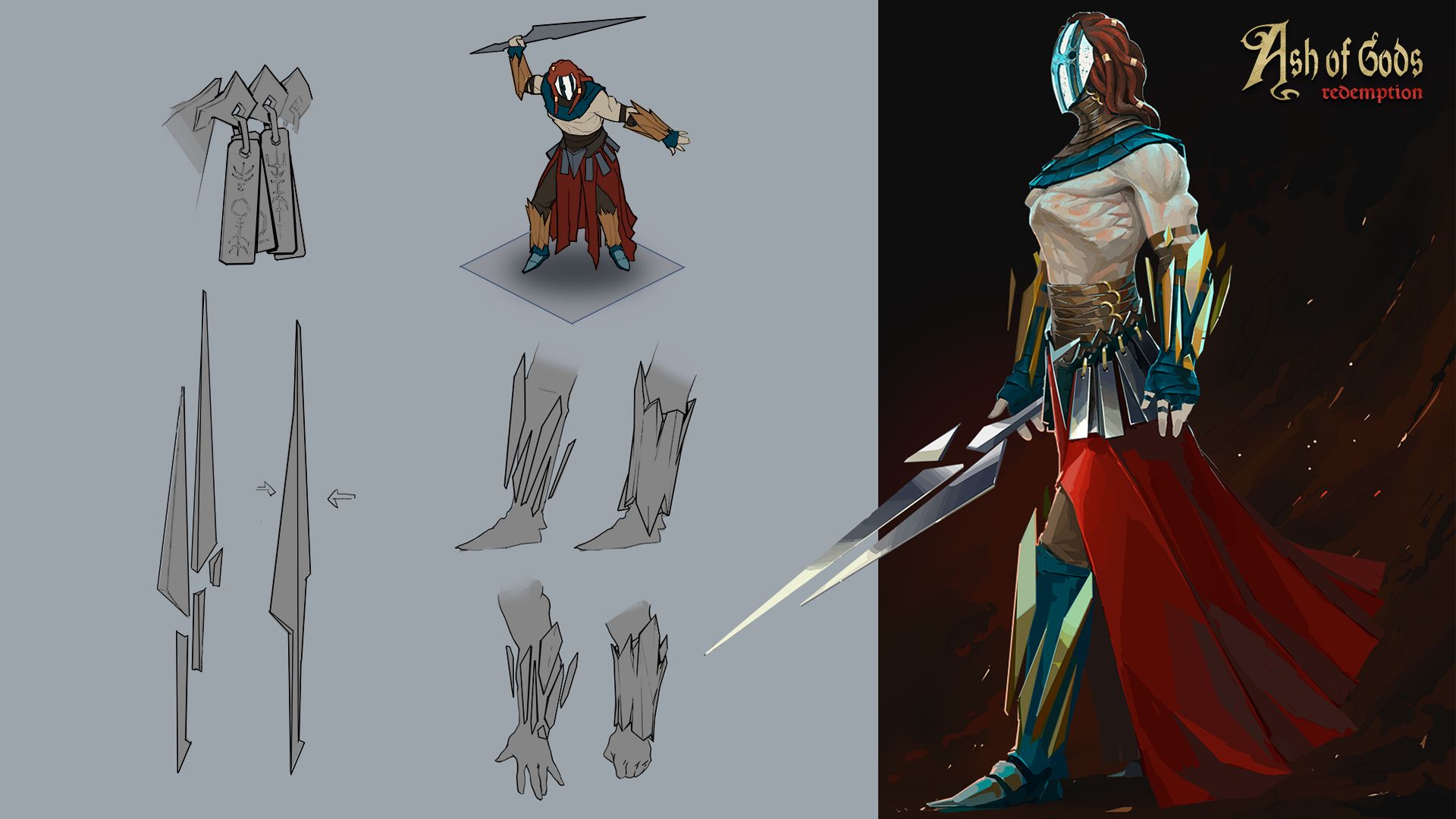
Motion capture technology for 3D games in the video game industry is very common, with many members of the public familiar with the black suits with white tracking balls. Is the process of working with motion capture for 2D animation similar? What is different about it? Are there any special challenges that come with motion capture techniques for 2D animation?
Once again, we have a great video documenting our creative process
In fact, we used rotoscoping to save on animators. We have 54 combat characters and to draw them all in an isometric projection it takes around 7000 keyframes (at 31,000 total) – it is pretty tough. Outlining the recording of the actors allows us to do it faster, and the animation itself turns out as if it were live actors (despite the fact that we have an average frame rate of 20 frames per second). And this feeling of liveliness was our goal.
The walking animation was the hardest – recording footage of the actors helped a little, but we also had to animate their hands – it was a difficult, long, and painful process. As for the process itself – we went with classic animation: using key frames, cleanup, phasing, painting, and mixing. Just like Disney did, until they abandoned 2D animation.
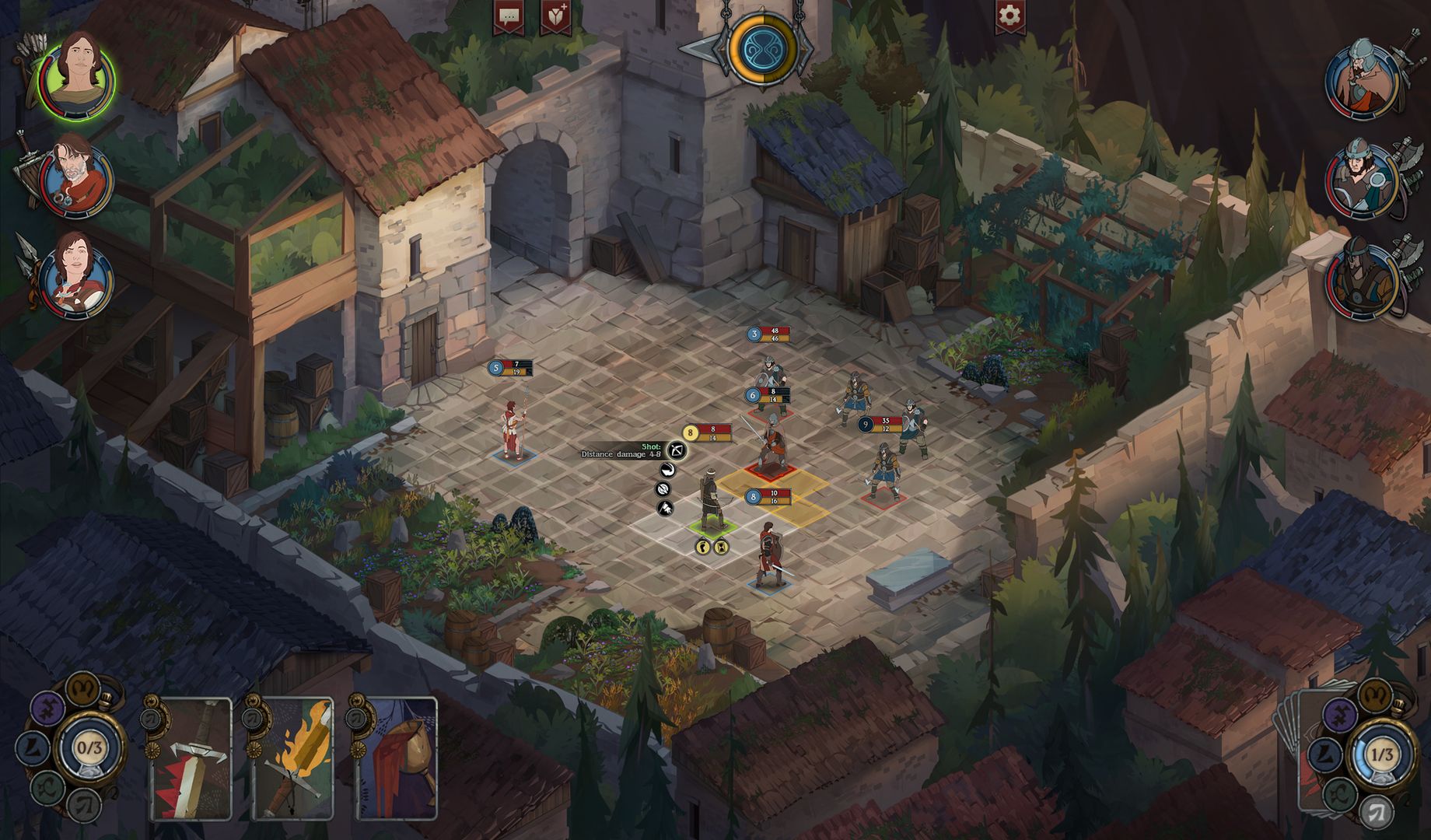
The gameplay uses cards to determine the strategies in battle. Can you go into a little more detail about how cards are used and collected over the course of gameplay? For example, do players have control over the contents of the deck the cards are drawn from?
The player buys, steals for or finds cards or their fragments in-game. Cards are similar to magical spells from Heroes of the Might & Magic – each card brings some chaotic effects with it. In the game itself, the character’s skills are completely deterministic, with just two exceptions.
The cards contribute an element of surprise, and danger – so, when using the Armageddon card (hello HMM), we deal massive damage to all the characters on the field, and “Rust” to greatly reduce a hero’s attack on the field. For many classes, the loss of an attack via something like Rust is almost a death sentence.
In a single-player game, you have complete control over the deck – you can choose what to take with you. If you play at low difficulty levels, you don’t have to use cards that often, but if the “harvest” (the evil in the land) is spreading – it will be difficult without cards.
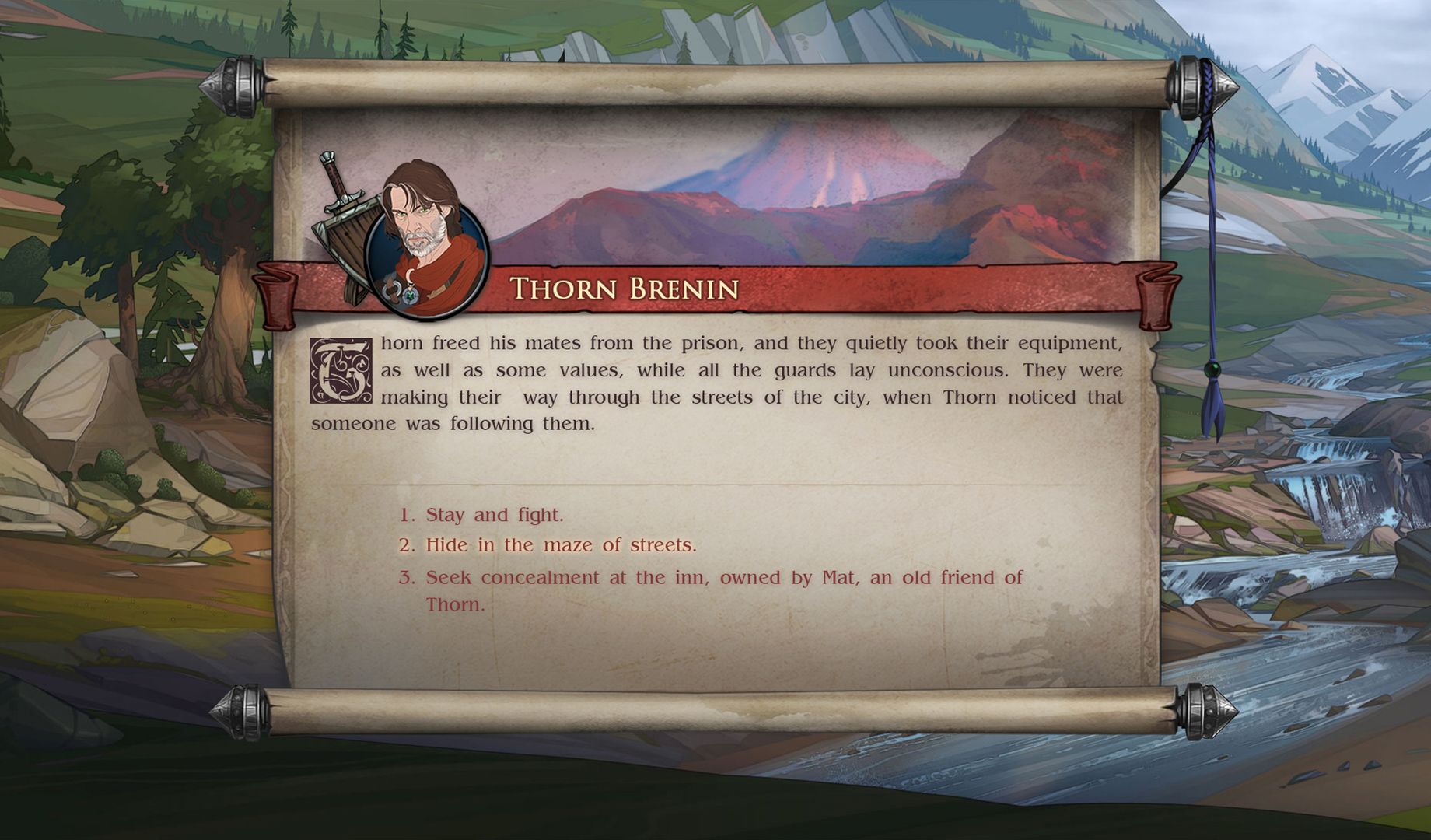
Ash of Gods features rogue-like storytelling that is affected by player actions. How much writing had to be done for Ash of Gods. How much of the story do you expect players to experience in one playthrough?
Oh, this is the coolest question, thanks for asking!. Before we started working on the game, Sergei wrote an actual book for us, with a full plot, maps, and a world history that covered about 1000 years.
This allowed us to greatly simplify our work on the text. We consider ourselves the creators of the term “roguelike storytelling” as we understand it – it is the ability to conduct a continuous and coherent story in the game, where you allow the player to kill or at least remove from the story by serious injury, any hero (and we mean absolutely any, even the main character) and yet still keep the story moving, and the story adapts and evolves based on this change.
It’s complicated to create something like this, for sure. An example of this – at the moment, we have statistics for about 40 complete paths through the story – following just one gets you about 60% of the total game content, and will feature one of seven possible endings. This makes Ash of Gods very similar to visual novels, which I adore for the fact that you get really different endings depending on how you “play” them.
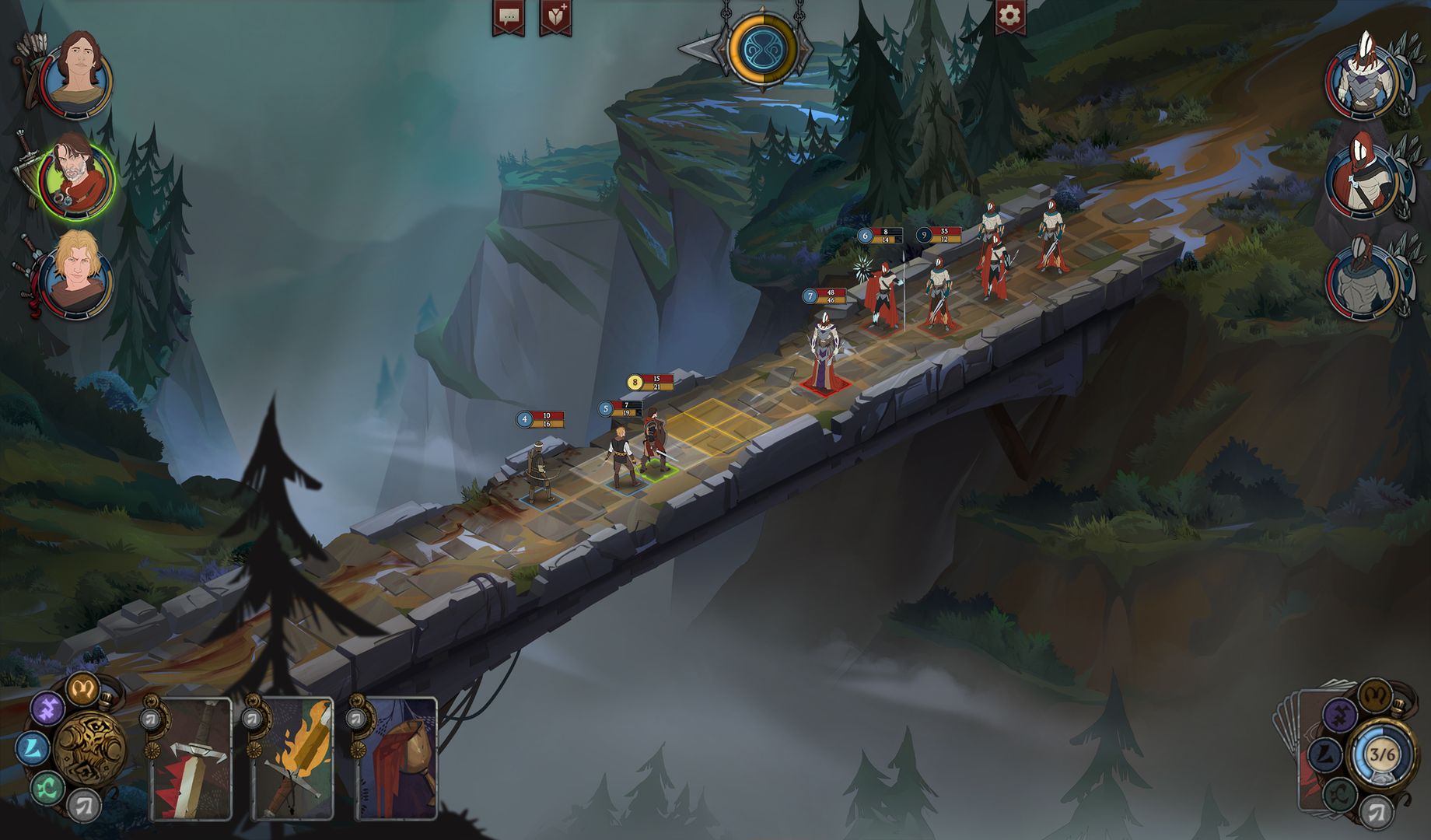
To help illustrate this further, well, I can’t do it without some spoilers, so you’ve been warned – in one of the story paths, the “final battle with the main boss” simply will not happen because the main villain does not want to fight with you – and without you killing him, he can finish his own evil mission, and give your story a “bad” ending, while in another, one of the main heroes will kill his own girlfriend, believing it will somehow save the world (but guess what…it doesn’t!). And in another — the main characters themselves will wage war on one another, and you, as a player, will need to choose a side.
Recently, someone told us a very cool joke about Russian developers, “Sometimes it seems like they are afraid that someone will beat their game.” Probably it’s partly about us too =)
Ash of Gods also has what we call “intermediate endings” where the game doesn’t end, but the life of a main character may! Some heroes you just will not find in the game, or find them dead if you aren’t smart or careful enough.
There is an ending in which one of the main characters can be killed along with the whole team! In this situation, I imagine most players will say “Oh, screw this!” and load an earlier save, but I want to believe they’ll continue the game, and see where this kind of storytelling takes them. We tried to have consequences even for the smallest choices and follow the style of Guy Ritchie’s scripts, when every small detail really means something in the overall story, and the path it takes – there’s nothing “throwaway” in our characters or stories.
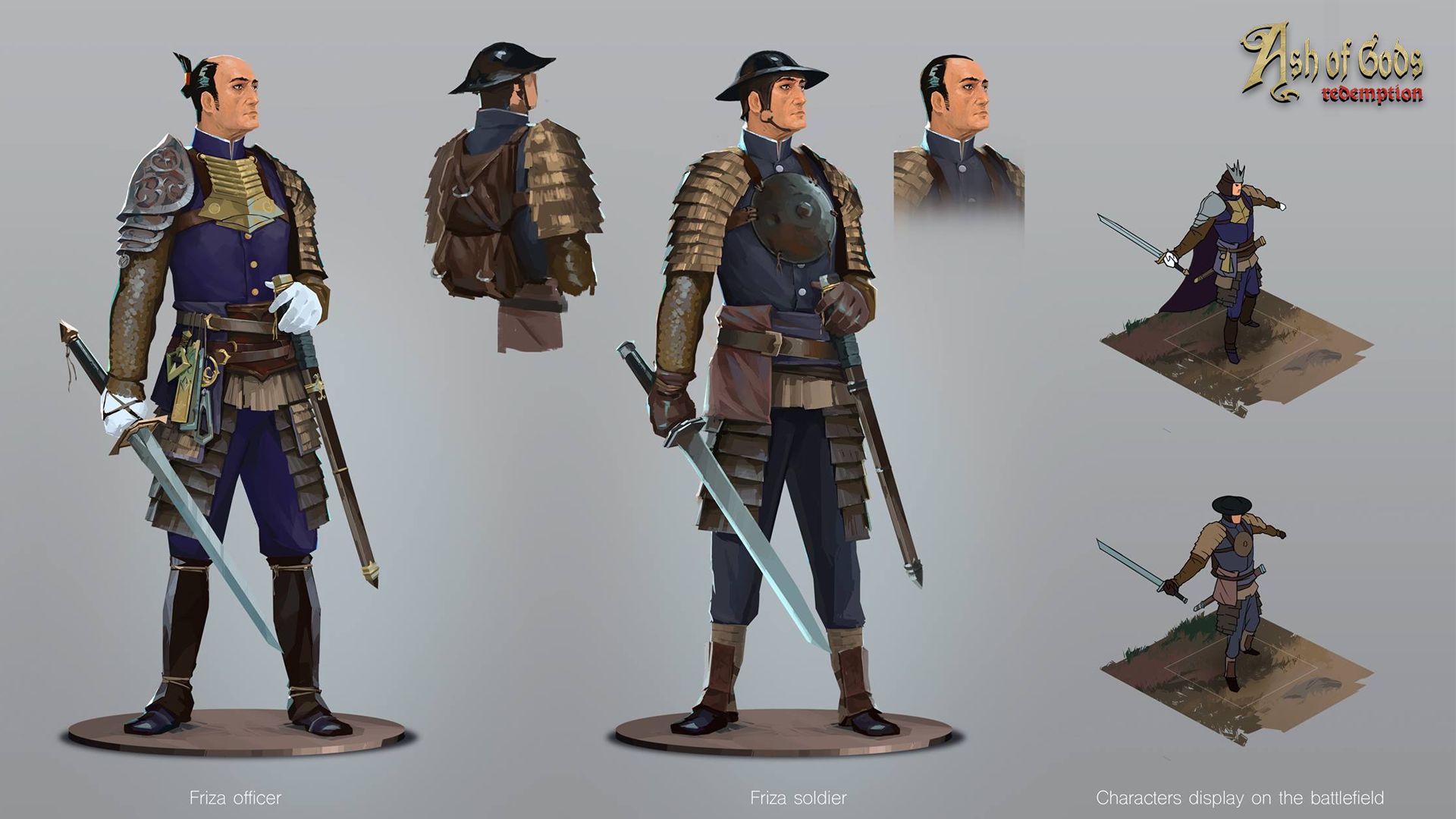
The game offers many opportunities for player actions to impact the events of Ash of Gods. What is the process of writing a script with so many branching possibilities? Do you start with one possible line of events, then go back to the start and begin adding another branch? Do you create each possible branch for an event at once before moving on to the next one?
Remember we already had a book? This was our “canon”, and we use it to determine the results of player actions on the story. Not just “if this, then that” style storytelling, but actual short- and long-term consequences. We decided that each chapter in the game should contain at least 1 important decision with long-term consequences (5-6 hours), 1 with an average (1-3 hours) and 1 immediate consequence (morality, loyalty, wounds, gold, and time, for example). After that, we decided on possible endings, and where the main characters can die in the storyline, but keep it going. Then we looked at how the secondary characters can die in the story and affect the narrative. Then, we did the same for the supporting characters. For each such character, we immediately wrote the conditions under which he did not join the player’s party.
We then met together in our small office, where we had whiteboards filled with decision trees that cover about 5-6 hours of gameplay. We photographed the boards, and wrote out important decisions. After that, Sergei and Dima switched to Articy (this is software for work on the story) and moved the tree to it, together with key dialogues. We tested what happened with these stories, and corrected everything that was bad. And we did this over, and over, and over, to fine tune it all.

Then we started playtesting – repeatedly removing and correcting the logical inconsistencies and stupidities that arise because of the multiple paths in the story and gameplay.
In the end, we ended up rewriting the second half of the book, because in the game it turned out more interesting, and then we ended up rewriting the ending of the book, as in the game it turned out to be more interesting.
The first installment of Ash of Gods is called Redemption. How many installments are planned?
We’re planning two. The second part, if it happens, will tell the story from the Ensa and Umbra perspective – the antagonists of the first game. They have terrible, inhuman goals, but also a right and reason to follow them. I would like to use the second part’s story to talk about the duality of morality, and the fact that putting on labels and passing judgement are not always easy.

There is a novel being written for Ash of Gods by game author Sergey Malitsky. Can you provide us with more details about the novel? When will it be released? Will the novel be an adaptation of the game’s story? If so, does this mean there will be a set of events considered canon? If not, how will the novel and the events of Ash of Gods be connected?
Oh, it seems in the two previous answers, I already answered this question! I guess I got ahead of myself! We will release the book a few weeks after the release of the game. As I’ve mentioned, the book is the history of the game world, and the story bible, which was written before we started working on the game. While the book was the basis for the game’s story, we also ended up, as we tested the game and story paths, changing the book itself.
You can find a couple of chapters from it on our website. It’s very difficult for me to evaluate the quality of the English text now, but I like Russian very much.
If the budget allows, are there any features that aren’t possible right now in Redemption that you hope to add in the next installment?
Yes. We’d really like to do a full voiceover in the game, add more animations, and use large combat locations – like those you see in the X-Com games.
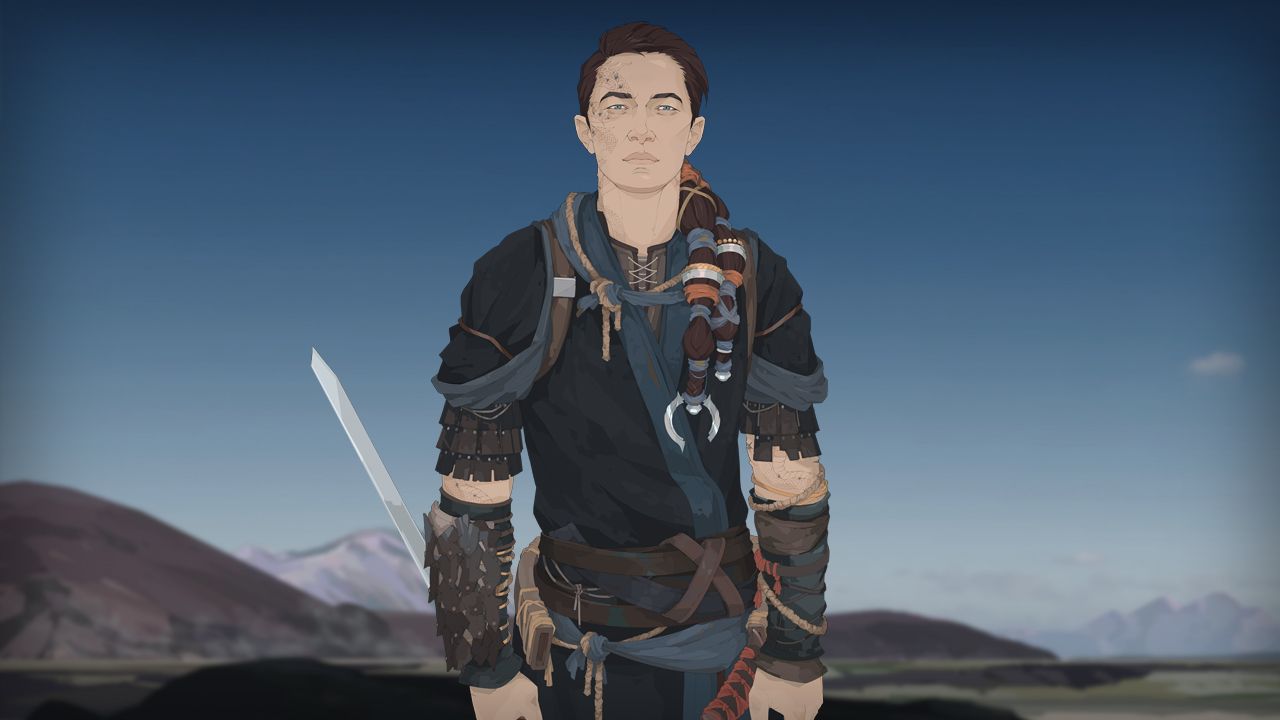
The possibility of a Steam Early Access period for the multiplayer portion of the game has been talked about. Will Ash of Gods go to Steam Early Access and when?
No, we consciously decided not to go to Early Access, as during the Kickstarter campaign a fairly large community was formed that actively helps us test the game not only as QA volunteers (catching bugs and problems), but also as end users.
Internal perfectionism also affected our decision – we simply can not show the general publicash a crude version that is regularly subjected to reworks and re-balancing. Very soon, however, media, influencers and KS backers will get access to the preview version of the game, which will reveal several mysteries of the plot and create many new ones 🙂


